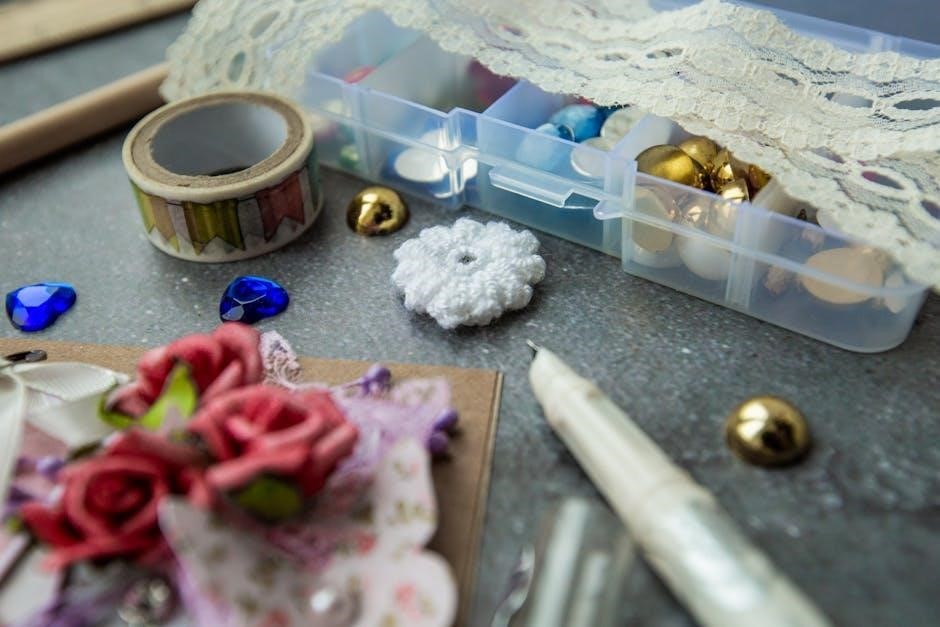Crystal Growing Kit Instructions: A Comprehensive Guide
This comprehensive guide provides detailed instructions for successfully growing crystals using a crystal growing kit. Follow these steps to create dazzling crystals and explore the wonders of chemistry. This guide covers everything from kit contents to advanced techniques for aspiring crystal enthusiasts.
Crystal growing kits offer a captivating and educational experience for children and adults alike. These kits provide a hands-on opportunity to learn about the fascinating world of mineral formation and chemical processes. By following simple instructions, users can cultivate their own colorful crystals and geodes, fostering an appreciation for science and chemistry.
Crystal growing kits are designed to be accessible and engaging, making them an ideal activity for families and classrooms. They typically include all the necessary materials, such as crystal-growing chemicals, dyes, stones, and a growing tray. Safety equipment, like goggles, is often included to ensure a safe and enjoyable experiment. The kits also offer a great opportunity to learn about rock formation.
These kits introduce fundamental scientific concepts in an interactive way, encouraging curiosity and exploration. Beyond their educational value, crystal growing kits offer a rewarding and visually stunning outcome. The process of watching crystals grow over time instills patience and provides a unique opportunity to observe the beauty of natural phenomena firsthand.
Kit Contents and Safety Precautions
Before embarking on your crystal growing adventure, it’s crucial to familiarize yourself with the kit’s contents and understand the necessary safety precautions. A typical crystal growing kit includes crystal-growing chemicals, often in powdered form, a growing container or tray, seed crystals or rocks to initiate growth, dyes for adding color, and sometimes a magnifying glass for observation.
Safety is paramount when working with any chemical compounds. Always wear the provided safety goggles to protect your eyes from splashes or fumes. Cover your work surface with newspaper or a protective layer to prevent staining. Keep the kit out of reach of small children and animals. Adult supervision is essential, especially for younger children.
Carefully read and follow all instructions provided in the kit manual. Avoid direct contact with the crystal-growing chemicals. If contact occurs, rinse the affected area immediately with warm water. Ensure adequate ventilation in your workspace. After handling the materials, wash your hands thoroughly with soap and water. Store any unused chemicals in a safe place, away from food and drinks. Proper disposal of waste materials is crucial; follow the guidelines provided in the kit or local regulations.
Preparing the Crystal Growing Solution
The foundation of successful crystal growth lies in the proper preparation of the crystal growing solution. This process involves dissolving the crystal-forming chemical into water to create a supersaturated solution. Begin by carefully measuring the amount of water specified in the kit instructions, typically using a beaker or measuring cup provided. It is crucial to use the correct amount of water to achieve the desired concentration.
Heat the water in a non-aluminum saucepan until it reaches a boil. Aluminum can react with the chemicals, potentially affecting the crystal formation. Once the water is boiling, gradually add the crystal-growing chemical, stirring continuously until it is completely dissolved. Ensure that no grains of the chemical remain undissolved at the bottom of the pan.
If the kit includes dye, add it to the solution at this stage, stirring until the color is evenly distributed. Once the chemical and dye are fully dissolved, carefully pour the solution into the growing container provided in the kit. Allow the solution to cool undisturbed. The cooling process is crucial for initiating crystal formation, as the solubility of the chemical decreases as the temperature drops, leading to supersaturation.
Choosing a Suitable Growing Environment
Selecting the right environment is critical for successful crystal growth. A stable and undisturbed environment will promote the formation of large, well-defined crystals. The ideal location should have a consistent temperature, away from drafts or direct sunlight, which can cause temperature fluctuations and uneven evaporation.
Find a spot where the crystal growing container will not be bumped, moved, or otherwise disturbed. Vibration can disrupt the delicate crystal formation process, leading to smaller or misshapen crystals. A shelf in a closet or a corner of a room that is not frequently used are suitable options. Avoid placing the container near windows, heaters, or air conditioning vents.
Cover the surrounding surfaces with newspaper or paper towels to protect against accidental spills or splashes. Ensure the area is out of reach of small children and pets, as the chemicals used in crystal growing kits can be harmful if ingested. Proper ventilation is also important, so choose a location that is not completely sealed off. Maintaining a stable and controlled environment will significantly increase the chances of growing beautiful, impressive crystals.
Seeding the Crystal Growth
Seeding is a crucial step in the crystal-growing process, providing a foundation for crystal formation. This involves introducing small particles, known as seed crystals, into the supersaturated solution. These seed crystals act as nucleation sites, encouraging the dissolved solute to deposit and grow into larger, visible crystals.
Carefully select a few small, well-formed crystals from the provided kit or use the remaining crystal-growing grains. Gently drop these seed crystals into the prepared solution, ensuring they are evenly distributed. Avoid disturbing the solution excessively during this process to prevent premature crystallization or clumping.
The seed crystals will attract more solute molecules, gradually increasing in size. Observe the solution closely over the next few days, noting any new crystal formations. If crystals are not forming, ensure the solution is properly saturated and that the temperature remains consistent. Adding additional seed crystals may also help kickstart the growth process. Proper seeding is essential for achieving large, well-defined crystals that showcase the beauty of crystal formation.
Monitoring Crystal Growth and Observations
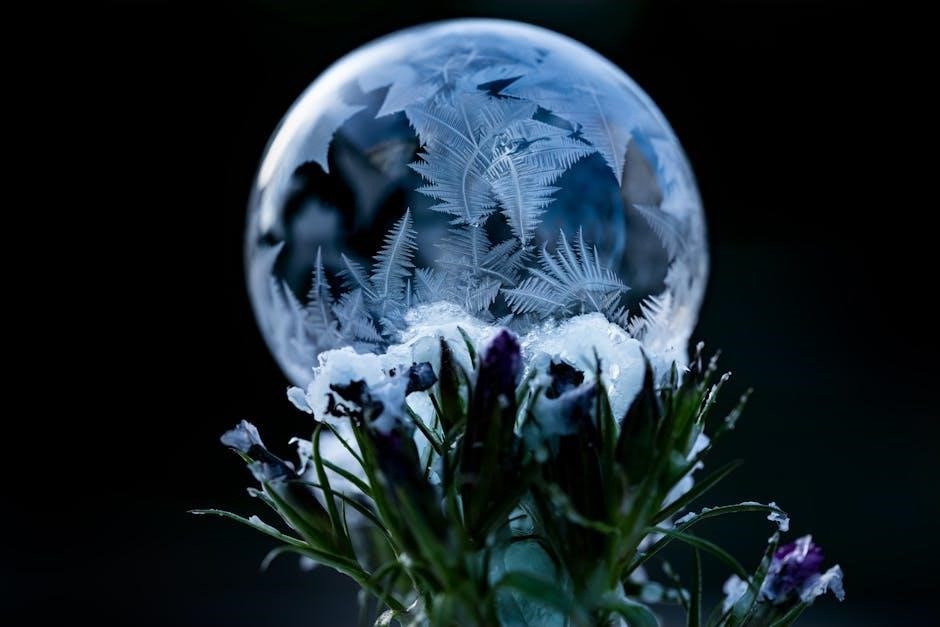
Once the seed crystals are in place, consistent monitoring is key to understanding and optimizing crystal growth. Regular observations provide valuable insights into the crystallization process, allowing for adjustments as needed. Documenting your observations helps track progress and identify potential issues early on.
Observe the crystal-growing container at least once a day, noting any changes in crystal size, shape, and clarity. Use a magnifying glass for a closer look at the crystal surfaces and edges. Record the date, time, and any relevant details, such as temperature fluctuations or disturbances.
Pay attention to the solution’s clarity as well. A decrease in clarity may indicate the formation of new crystals or the presence of impurities. Note any unusual formations, such as branching or clustering, which could affect the final crystal structure. Compare your observations with the expected growth patterns described in the kit instructions. This careful monitoring allows you to fine-tune the environment and ensure optimal conditions for the development of beautiful, well-formed crystals. Remember, patience and keen observation are essential for successful crystal growing!
Troubleshooting Common Issues
Even with careful preparation, crystal growing can sometimes present challenges. Addressing common issues promptly can save your experiment and yield successful results. One frequent problem is the lack of crystal formation. This could be due to an insufficiently saturated solution. Ensure you’ve dissolved enough crystal-growing chemical in the water, following the kit’s instructions precisely.
Another issue is slow crystal growth. Temperature fluctuations can hinder the process. Maintain a consistent temperature in the growing environment, avoiding drafts or direct sunlight. Impurities in the solution can also slow growth. Use distilled water and ensure the container is clean.
If crystals are forming irregularly or with poor structure, it may be due to disturbances during the growth process. Avoid moving or bumping the container once the seed crystal is placed. Cloudy solutions or unusual formations could indicate contamination. If problems persist, try starting a fresh solution with new materials. Refer to your kit’s instructions for specific troubleshooting tips related to your kit’s chemicals. By systematically addressing these common issues, you can overcome obstacles and achieve beautiful crystal formations.
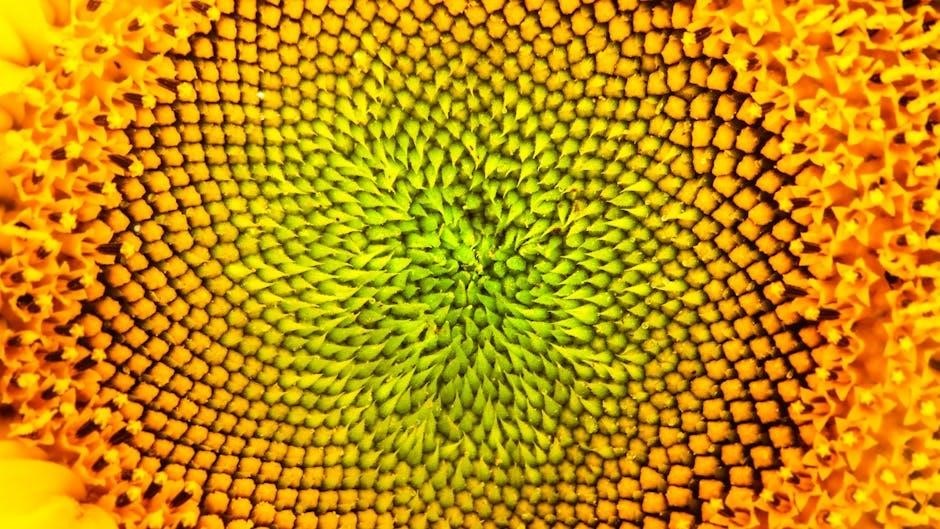
Removing and Preserving Crystals
Once your crystals have reached a desired size and shape, it’s time to carefully remove them from the solution and preserve their beauty. Gently extract the crystals from the growing container, using a small tool if necessary, being mindful not to damage their delicate structure. Excess solution can be stored in a tightly sealed jar for later experiments.
Rinse the crystals gently with distilled water to remove any remaining solution. Pat them dry with a soft, lint-free cloth. Avoid using tap water, as minerals can leave residue on the crystal surface. Allow the crystals to air dry completely before handling them further.
To preserve your crystals, store them in a cool, dry place away from direct sunlight. Exposure to sunlight can cause some crystals to fade or degrade over time. Consider displaying your crystals in a protective case or container to prevent dust accumulation and accidental damage. You can also apply a thin coat of clear sealant to protect the crystals from moisture and abrasion. With proper care, your home-grown crystals can be admired for years to come.
Experimenting with Different Crystal Types and Colors
Once you’ve mastered the basics of crystal growing, you can begin experimenting with different crystal types and colors to expand your scientific exploration. Many crystal growing kits include multiple chemical compounds, each yielding crystals with unique shapes and properties. By following the instructions and repeating the crystal growing process with different chemical packets, you can create a diverse collection of crystalline structures.
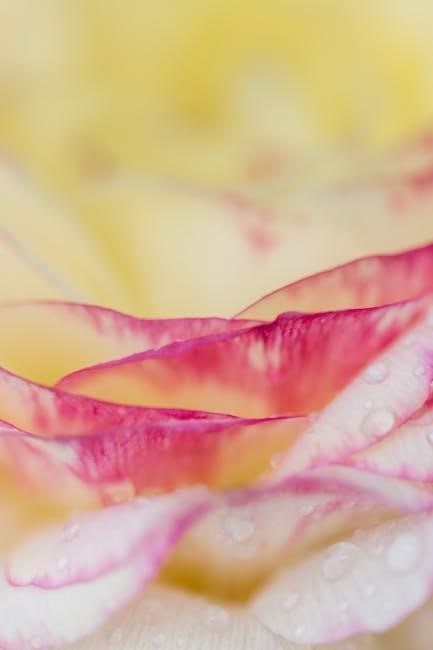
To add vibrant colors to your crystals, experiment with the dyes included in the kit or explore other non-toxic coloring agents. Add small amounts of dye to the crystal growing solution, carefully observing how the color affects the crystal formation. Keep in mind that some dyes may alter the crystal growth rate or morphology.
Beyond the kit’s contents, you can also try growing crystals from common household substances like sugar or salt. By dissolving these materials in water and allowing the solution to evaporate, you can observe crystal formation using readily available ingredients. Be sure to research the specific conditions and ratios needed for each substance to achieve optimal crystal growth. Document your experiments and compare the results to better understand the factors influencing crystal formation.
Educational Aspects of Crystal Growing
Crystal growing kits offer a fantastic opportunity to engage in hands-on science education, making learning both fun and interactive. These kits introduce fundamental concepts in chemistry and mineralogy, such as saturation, solubility, and crystal lattice structures. By following the instructions and observing the crystal formation process, learners can grasp abstract scientific principles in a tangible way.
The crystal growing experience encourages critical thinking and problem-solving skills. Observing the crystal growth, monitoring changes, and troubleshooting issues like slow growth or irregular formations fosters a deeper understanding of scientific methodology. Documenting observations and experimenting with variables further enhances analytical abilities.
Crystal growing can also spark interest in related scientific fields, such as geology and materials science. Learning about the formation of natural crystals and minerals can lead to a fascination with the Earth’s processes and the properties of different materials. Furthermore, crystal growing promotes patience, attention to detail, and an appreciation for the beauty and complexity of the natural world. It provides a valuable learning experience that extends beyond the confines of the kit itself.
Disposal and Clean-Up Procedures
Proper disposal and clean-up after crystal growing experiments are crucial for safety and environmental responsibility. Always consult the specific kit instructions for detailed disposal guidelines, as chemical compositions may vary. Generally, leftover crystal growing solutions should not be poured down the drain, as they can contaminate water systems. Instead, solidify the solution by allowing it to fully evaporate in a well-ventilated area.
Once solidified, the residue, along with any used containers or materials, should be disposed of according to local hazardous waste regulations. Contact your local waste management facility for guidance on proper disposal methods. Avoid mixing crystal growing chemicals with other household waste to prevent unexpected reactions.
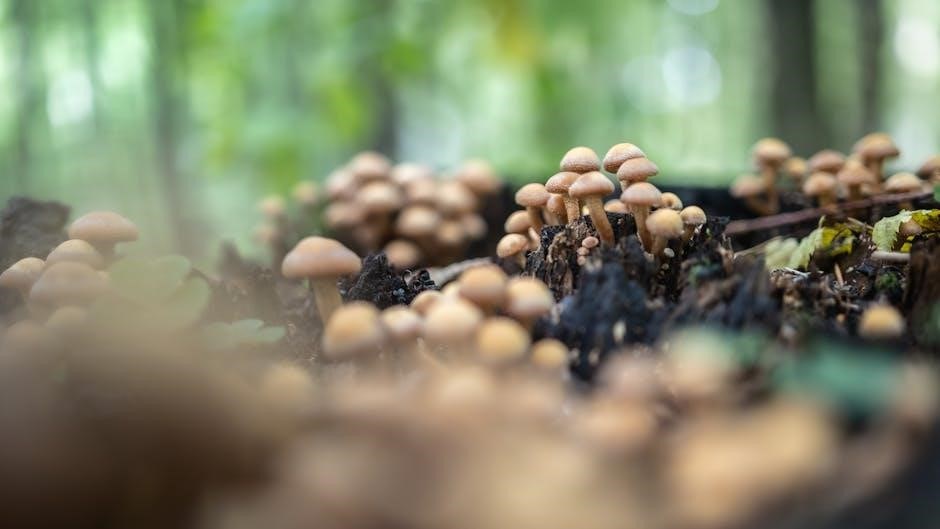
Thoroughly clean all equipment used during the experiment, such as beakers, trays, and stirring utensils, with warm, soapy water. Rinse thoroughly and allow to air dry. Ensure that no chemical residue remains on any surfaces. Wipe down the work area with a damp cloth to remove any spills or dust. Wash your hands thoroughly with soap and water after handling chemicals and cleaning equipment. Proper disposal and clean-up practices ensure a safe and environmentally conscious crystal growing experience.
Advanced Crystal Growing Techniques
Beyond the basic crystal growing kit instructions, several advanced techniques can be employed to enhance crystal size, clarity, and aesthetics. One popular method is temperature control, where the solution’s temperature is gradually lowered over time to promote slower, more controlled crystal growth. This can be achieved using a temperature-controlled water bath or a slow-cooling incubator.
Another technique involves seed crystal selection. Instead of relying on the provided seed crystals, you can carefully select a high-quality, well-formed crystal from a previous batch to serve as the seed. This can lead to more predictable and aesthetically pleasing crystal shapes. Additionally, solution saturation plays a critical role. Experimenting with slightly higher or lower saturation levels can influence crystal growth rate and habit.
Furthermore, consider using additives to modify crystal properties. For instance, adding small amounts of certain dyes or impurities can alter crystal color or introduce unique growth patterns. However, exercise caution when introducing additives, as they can also inhibit crystal growth if not carefully controlled. Finally, explore different crystal growing environments, such as varying humidity levels or exposure to light, to observe their impact on crystal formation. These advanced techniques allow for greater control and customization of the crystal growing process.
